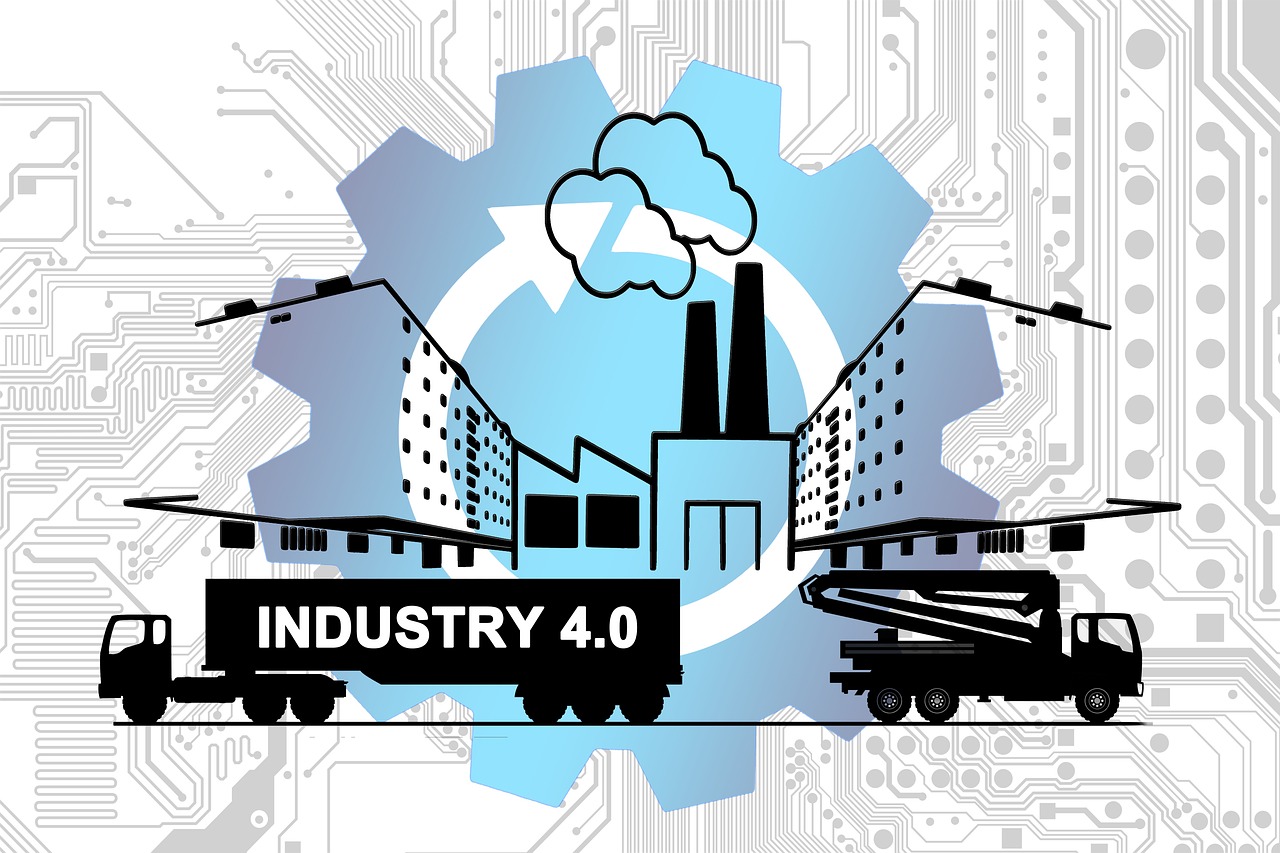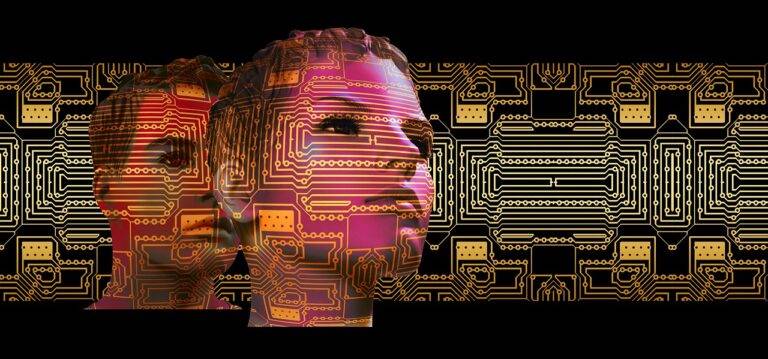Tech in Wastewater Treatment: Innovations and Efficiencies
Remote sensing technology has revolutionized various sectors by enabling the collection of data from a distance. By utilizing satellites, drones, and sensors, organizations can gather valuable information on land use, weather patterns, and environmental changes. This technology offers real-time monitoring capabilities that enhance decision-making processes for agriculture, urban planning, disaster response, and natural resource management.
The implementation of remote sensing technology has proven to be cost-effective and efficient, reducing the need for manual data collection and increasing the accuracy of information gathered. With advancements in image processing techniques and machine learning algorithms, analyzing vast amounts of data has become more streamlined and faster. This enables businesses and government agencies to make informed decisions based on actionable insights derived from remote sensing data.
Utilizing Virtual Reality for Training and Simulation
Virtual reality (VR) has revolutionized the way training and simulation are conducted in various fields. By immersing users in realistic and interactive environments, VR technology provides an unparalleled level of engagement and learning experience. The ability to simulate real-life scenarios in a safe and controlled setting enhances training effectiveness and allows individuals to practice and refine their skills without any real-world consequences.
Moreover, VR offers the flexibility to create customized training programs tailored to specific needs and requirements. Whether it’s healthcare professionals honing their surgical techniques or pilots practicing flight simulations, VR allows for repetitive practice and skill mastery in a way that traditional training methods cannot replicate. The use of VR in training and simulation not only improves knowledge retention and performance but also fosters a deeper understanding of complex concepts through hands-on experiential learning.
What is virtual reality training and simulation?
Virtual reality training and simulation involves the use of computer-generated environments to provide a realistic training experience for individuals in various fields.
How can virtual reality be used for training purposes?
Virtual reality can be used to simulate real-life scenarios and provide hands-on training in a safe and controlled environment.
What are the benefits of utilizing virtual reality for training and simulation?
Some benefits include increased engagement and retention of information, cost savings on physical training materials, and the ability to practice skills in a realistic setting.
Can virtual reality be used for remote sensing technology?
Yes, virtual reality can be used to simulate remote sensing technology applications and provide training for individuals working in this field.
Is virtual reality training suitable for all industries?
Virtual reality training can be beneficial for a wide range of industries, including healthcare, manufacturing, aviation, and more.
How can companies implement virtual reality training programs?
Companies can invest in virtual reality hardware and software, work with training providers who specialize in virtual reality, or develop their own virtual reality training programs in-house.





